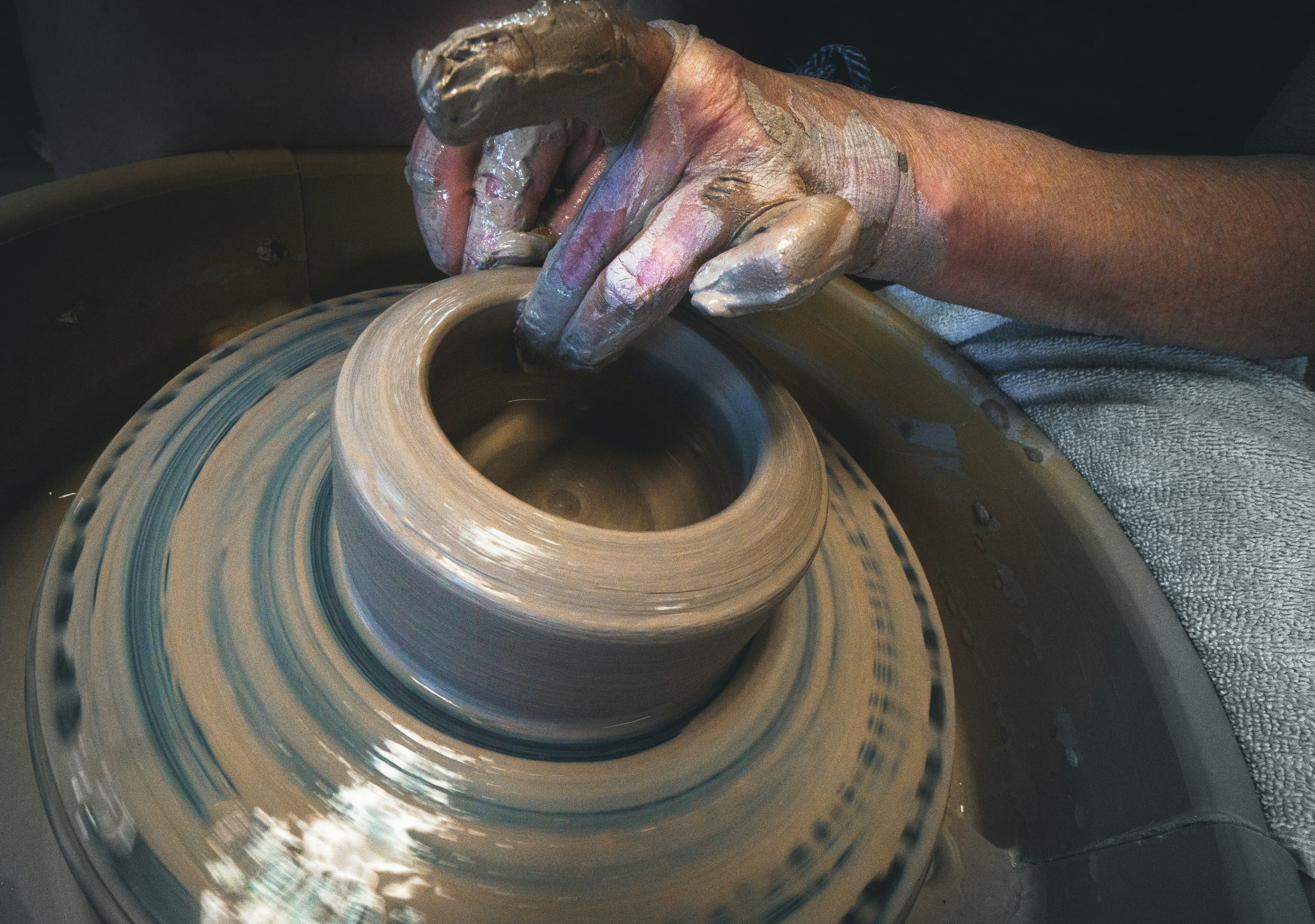The Art of Hand-Thrown Pottery: A Journey from Clay to Creation

There's something deeply meditative about centering clay on the wheel. The gentle hum of the motor, the cool wetness of the clay between your fingers, and the way a lump slowly rises into a vessel—it never gets old.
This week, I've been working on a new collection of serving bowls. Each piece starts with about 2 pounds of stoneware clay, carefully wedged to remove air bubbles. The throwing process takes patience; rushing it only leads to wobbly walls and collapsed forms.
What I love most is how each piece develops its own character. Two bowls thrown from the same amount of clay will never be exactly identical—there's always a subtle variation in the curve of the rim, the weight of the base, or the way the glaze pools in the grooves.
After throwing, the pieces dry slowly under plastic for a day or two before trimming. This is when they get their foot (the base), and I can refine the form. Then it's bisque firing to 1000°C, glazing, and the final firing to 1240°C.
The anticipation of opening the kiln is always magical. Will the glaze be exactly the shade I imagined? Did everything survive the intense heat? These are the moments that keep me coming back to the wheel, day after day.